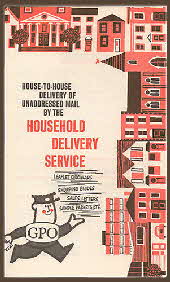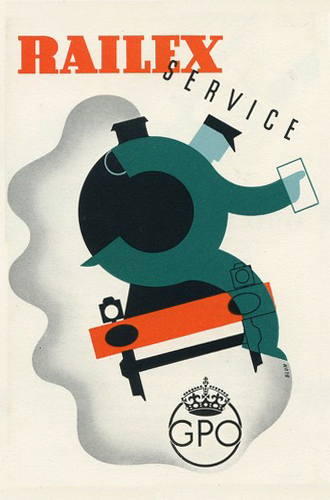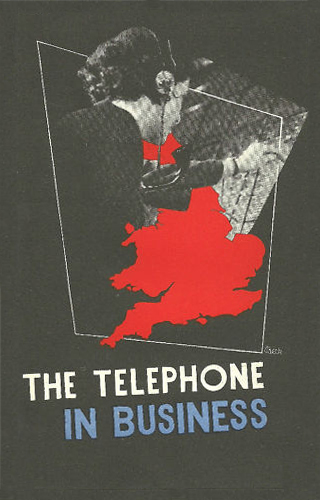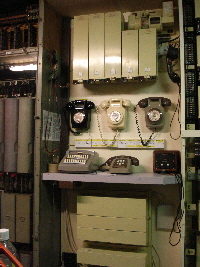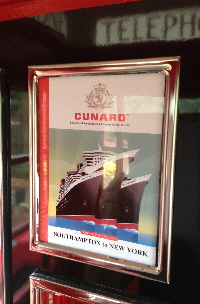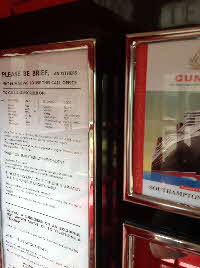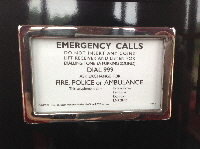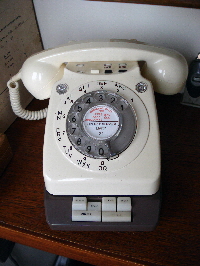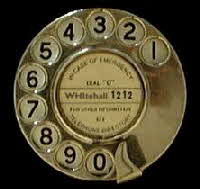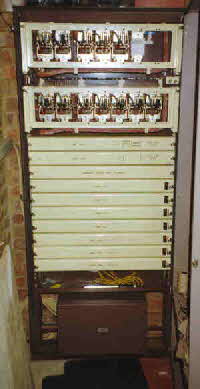The UAX13 Racks
The first UAX13 rack originally came from Winceby telephone exchange in Lincolnshire and I have it coded as Winceby on CNet.
Let me quickly talk you through the U13 rack....
At the bottom we have five relay cans which house the line relays, there are three relays per line. Next to them we have a sixth relay can and this houses miscellaneous relays for alarms and such things. Then on the right we have the allotters, these are uniselectors that prepare a circuit to a linefinder ready for the next subscriber who lifts their receiver. Only one is used, the second is there as a backup.
On the next row up we have two Control relay sets, these are associated with the allotters and again only one is in use at any time. Next to them we have the first three linefinder, these hunt for the calling line when the subscriber lifts the receiver and dial tone is passed to the caller. Above these we have five more linefinders making eight in total.
Then we have the meters, there are fifty subscribers to a single U13 ‘A’ rack and each has a meter here. There are sometimes additional meters, usually overflow meters to count how many times the equipment was busy and a subscriber was unable to make or complete a call.
We then have two rows of group selectors, one each for the eight linefinders and two additional ones for connecting incoming junctions (these are missing on the early racks). The group selectors step on the first digit dialled and they then connect you to a free circuit on the level you have dialled. If no circuit is free or the level is spare then Number Unobtainable tone is returned.
Finally we have five final selectors, these are stepped by the last two digits of the number and it is here that the called line is tested to see if it is free, ringing or engaged tone is applied and the ringing current is passed to the called subscriber.
There are two racks deignated on CNet as Horsington exchange, one is identical to the above described rack, the other is an earlier rack in grey that did not have the two incoming junction group selectors. I think I must point out that incoming junctions can access a rack on the first two levels of the linefinder, up to twenty in total. Which is exactly the same amount of final selectors that can be accommodated across four ‘A’ racks.
In a UAX13 exchange there was one ‘C’ rack associated with the up to four ‘A’ rack, and this rack houses the connection between the equipment in the exchange and the exchange to the subscriber. The ‘C’ rack and it’s associated ‘A’ racks provide up to two hundred lines and this was be doubled by adding a second ‘C’ rack and four more ‘A’ racks. There were other racks that housed the junctions and and array of equipment, these being E, F, G and H, but nearly all the two motion selectors were on the ‘A’ racks, the only other rack to have such selectors was the ‘E’ rack that housed an extra level of group selectors for larger exchanges and also formed part of the linked numbering scheme, when U13’s became 6 digit.
The Lincolnshire Heritage Exchange
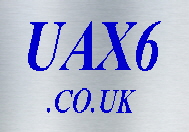


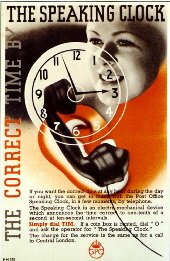
![Ph0636[1] Ph0636[1]](../assets/images/autogen/a_Ph0636_1_.jpg)
